A lot of tthe boards are designed for full sized breadboards (830 tie points) since they plug into the power rails (which are offset on half sized breadboards).
So far this project contains the following boards:
- ATtiny prog board
- Button w/ pull-up/down & SMD LED breakout
- µUSB, USB-B breakout & USB Type-C
- ISP breakout
- 3.5mm TRS & RCA breakouts
- MOSFET breakout
- Negative voltage converter
- DB-x breakout
- SMD breakout & proto board
- 1-5x SMD LED breakout
- UART matrix
- Boost regulator
'Red panel':


Available in the DirtyPCBs Store
Current work in progress:

 Stefan Lochbrunner
Stefan Lochbrunner



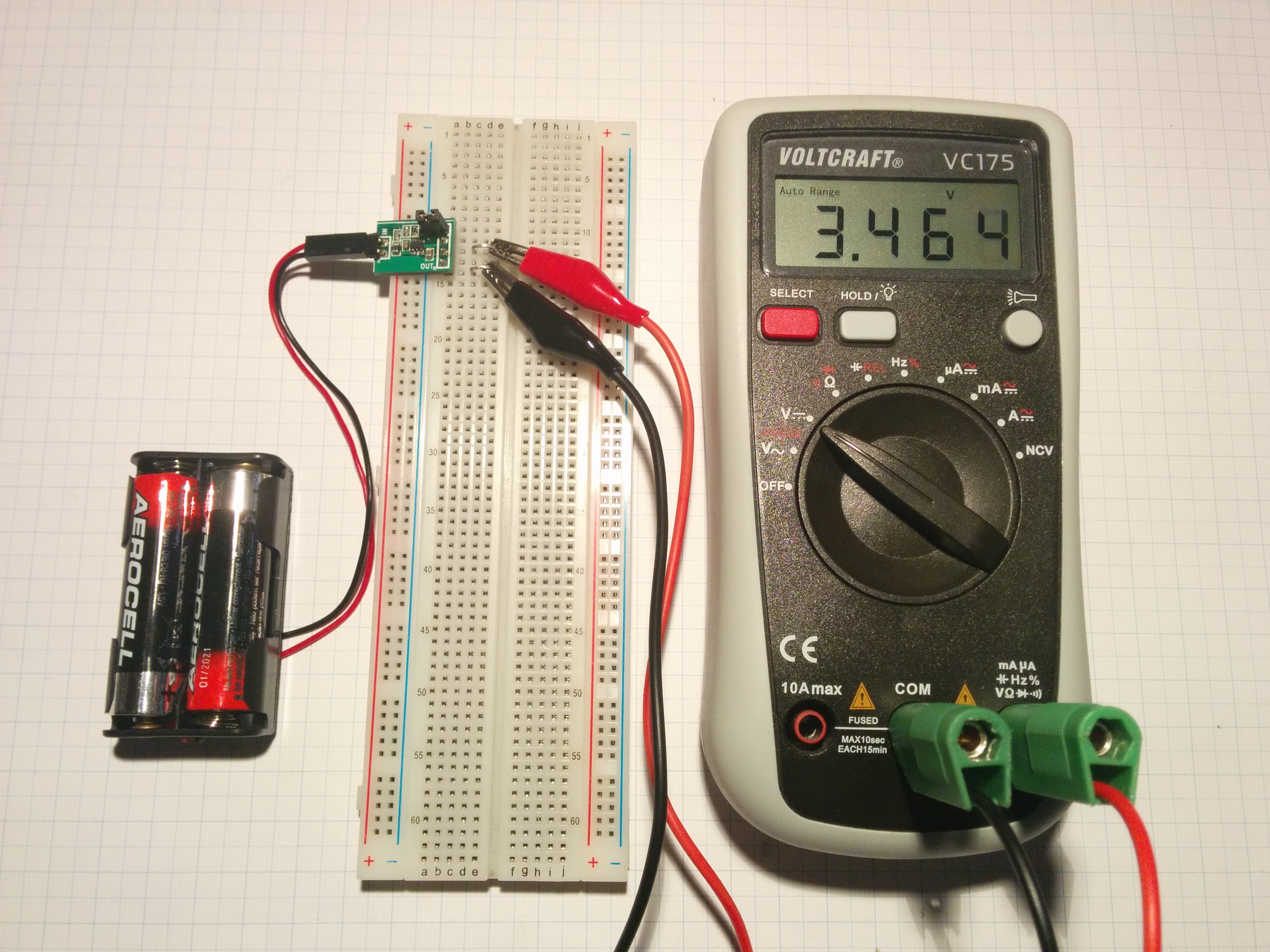
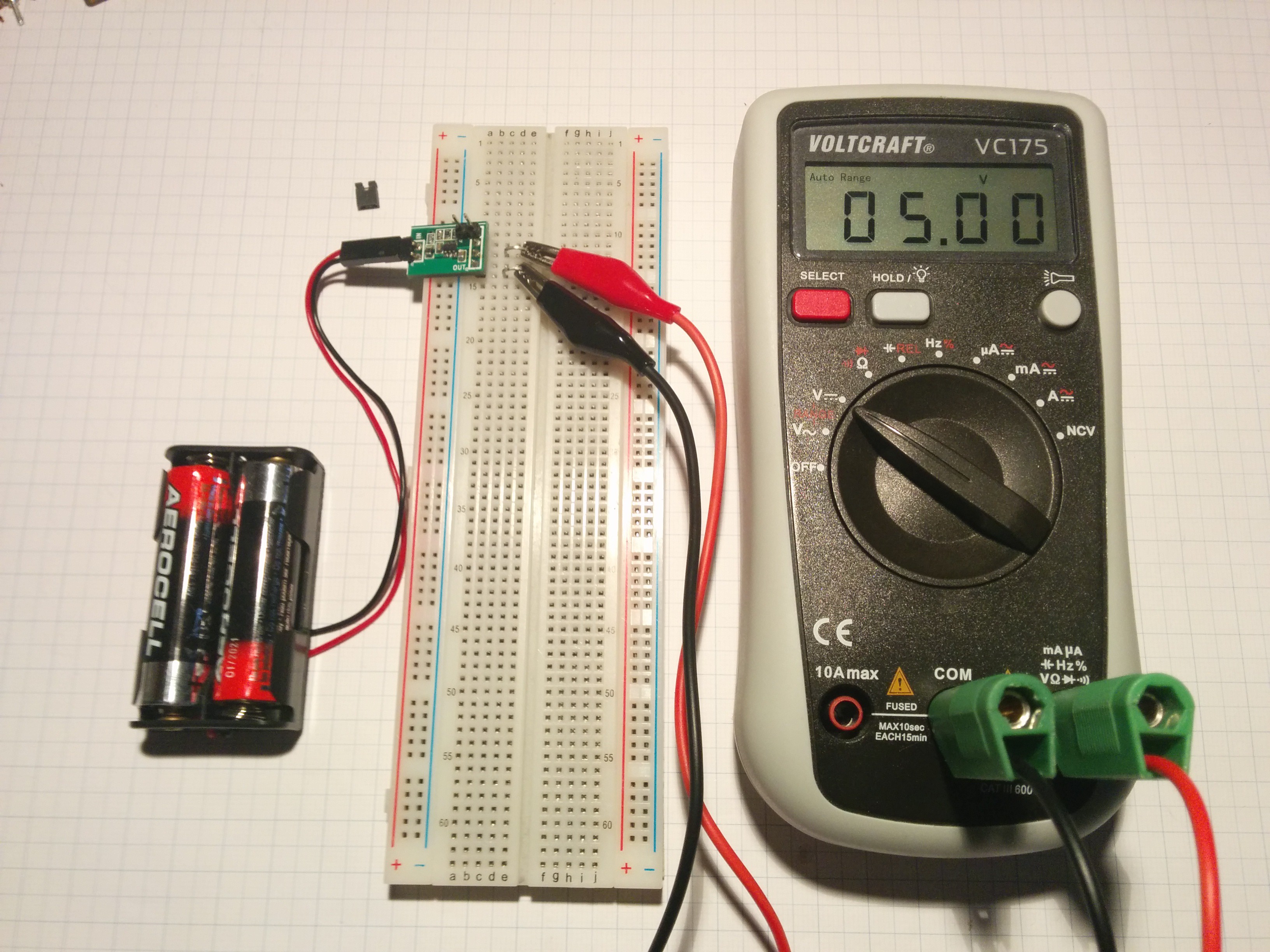
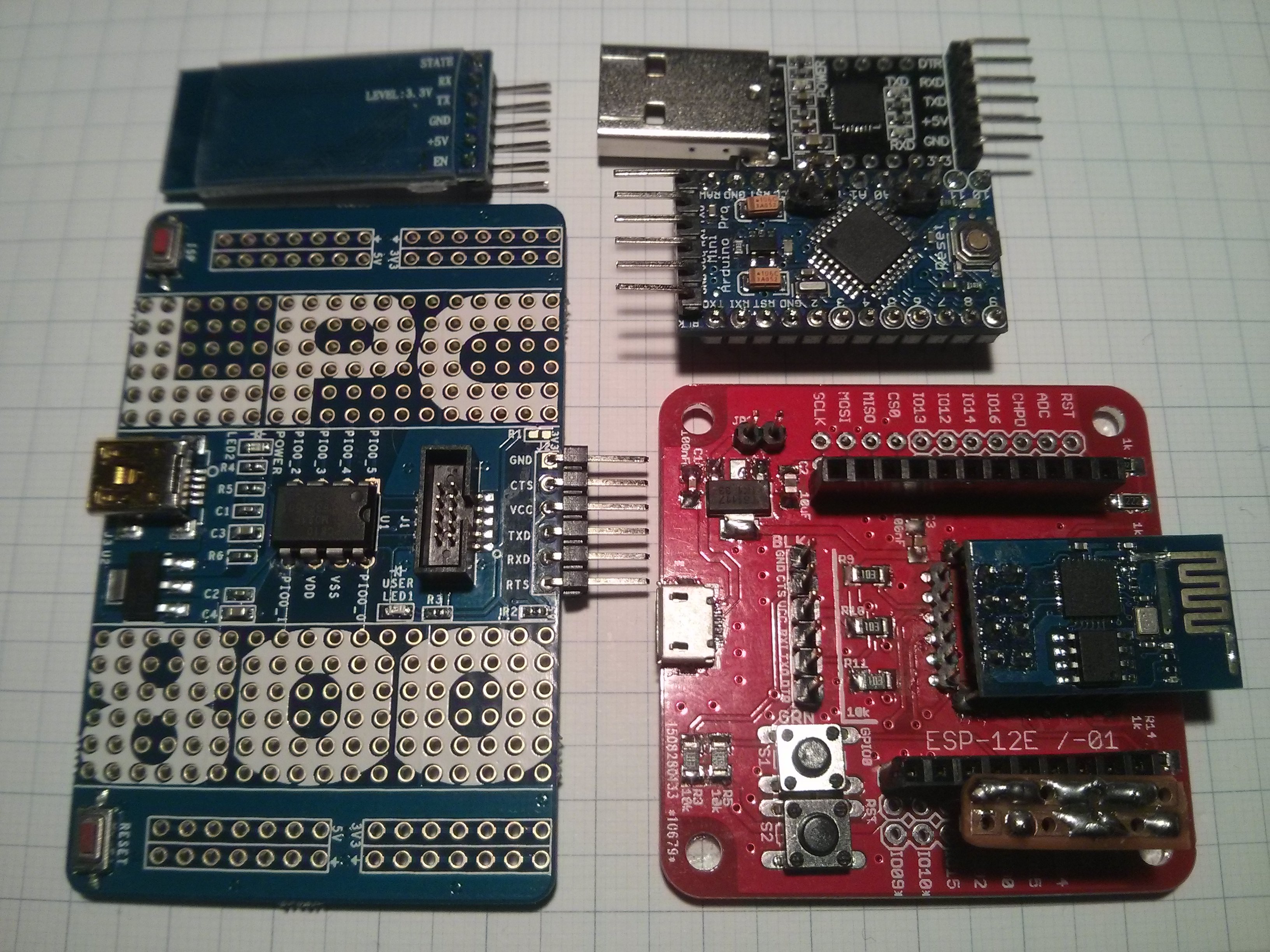
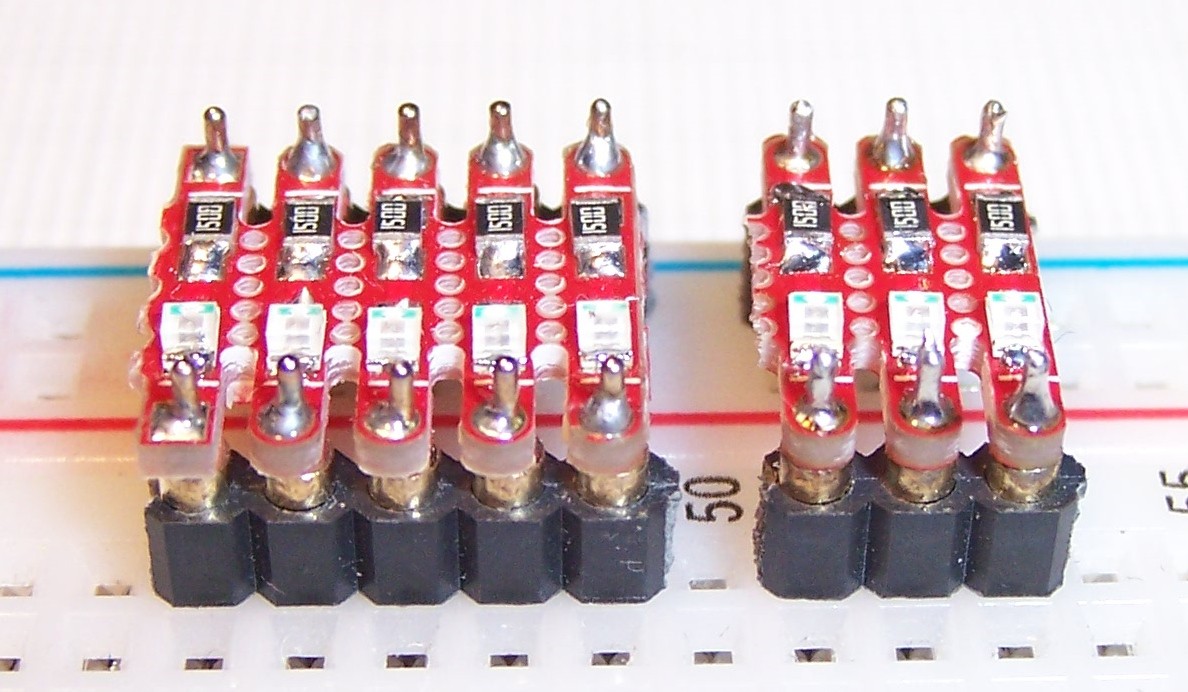



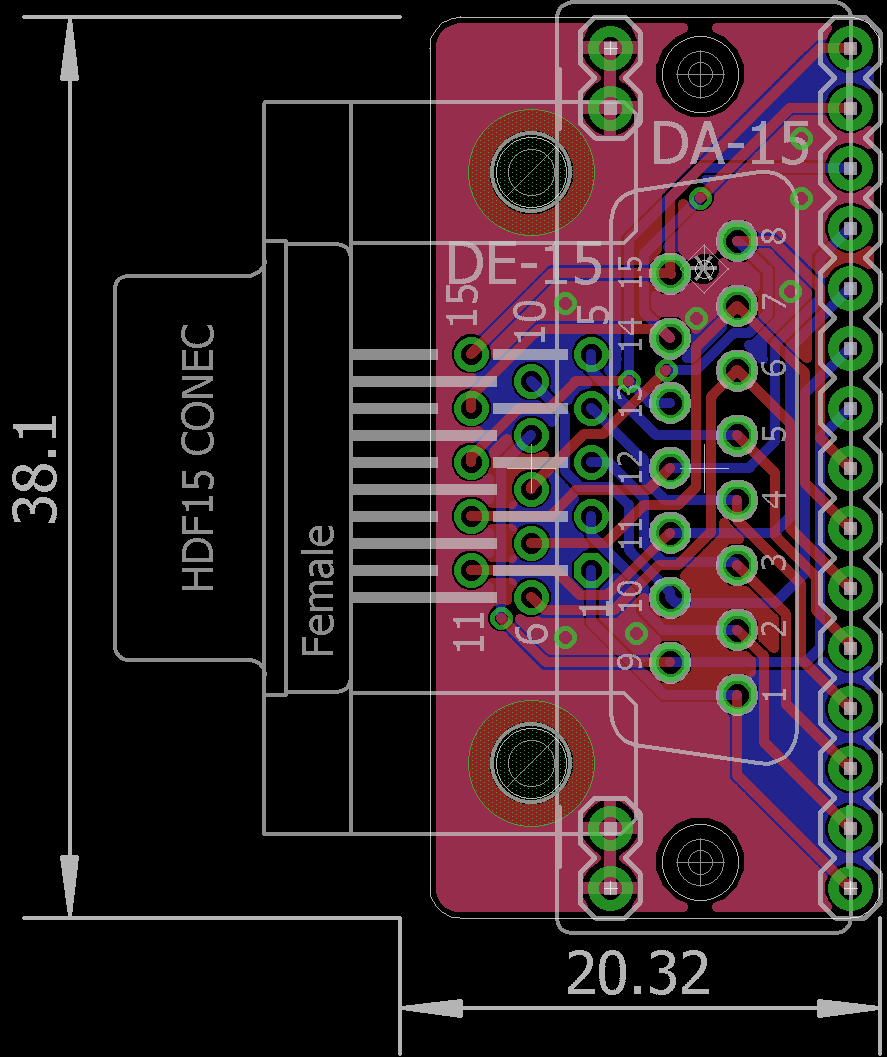
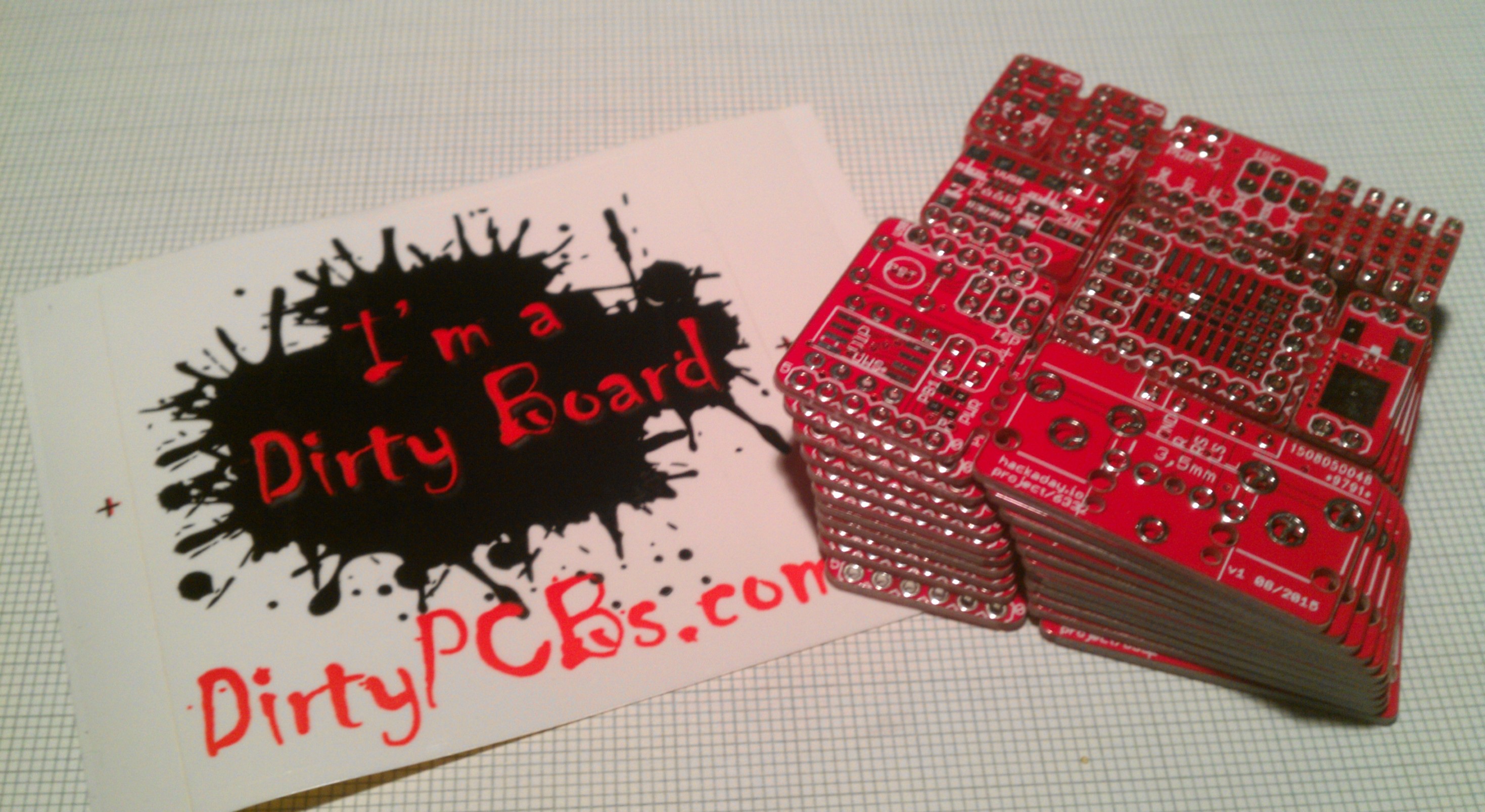
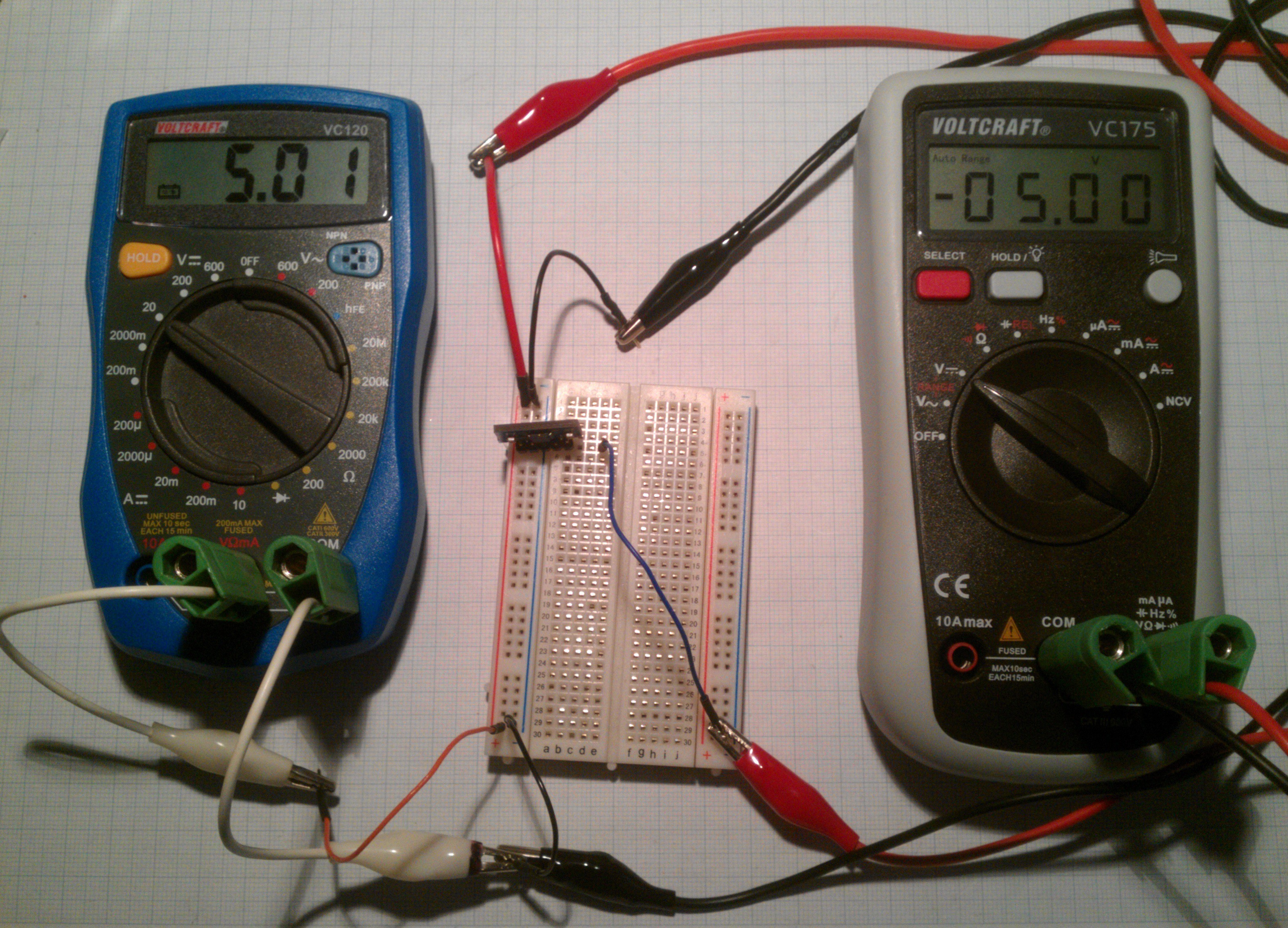
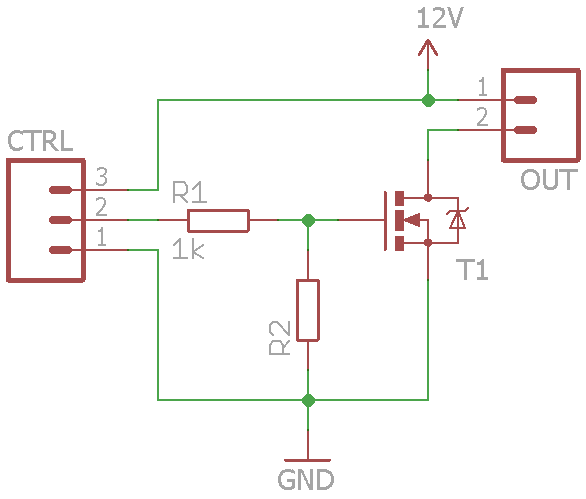
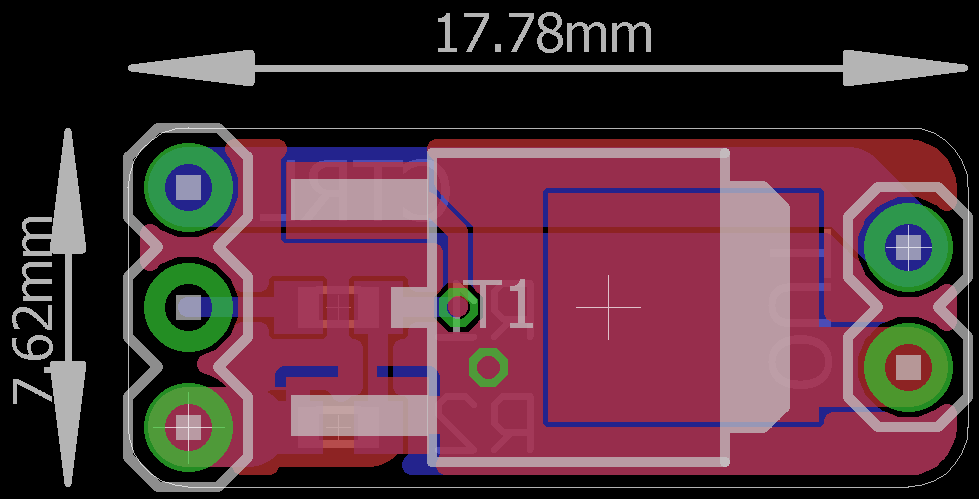
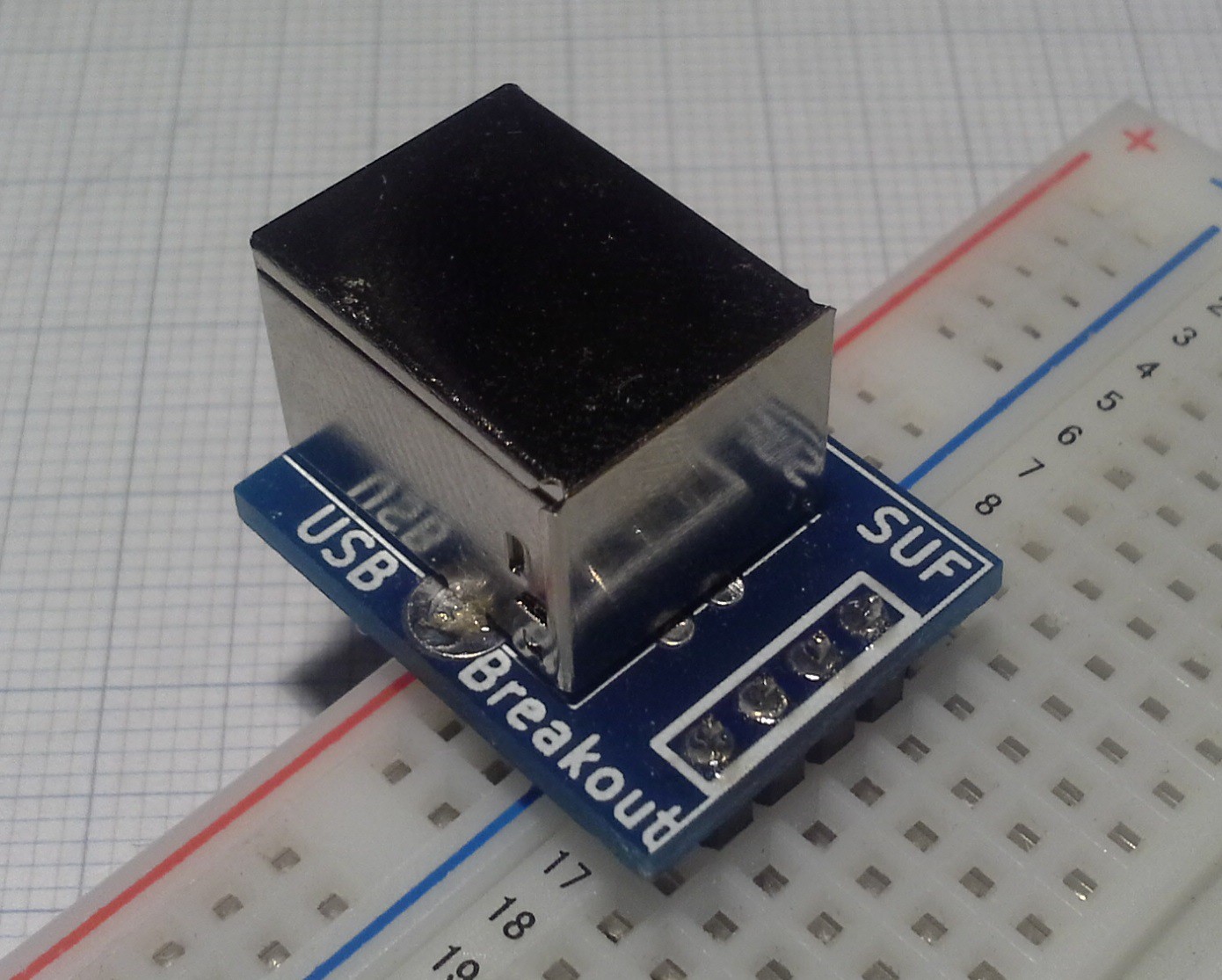
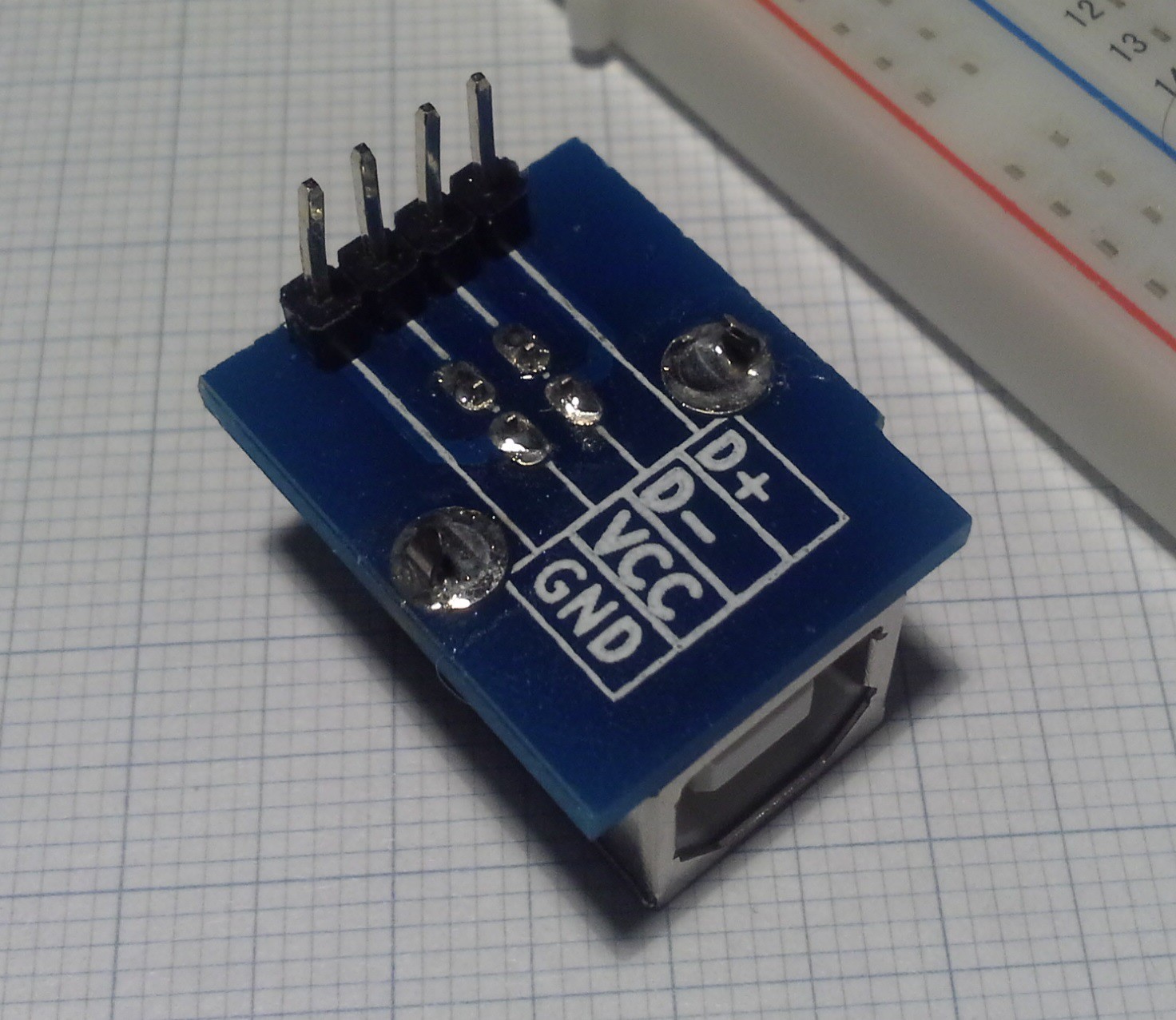



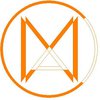






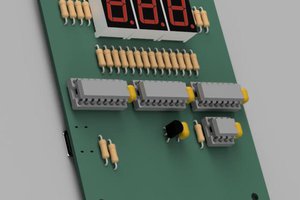
 TheBrokenEngineer
TheBrokenEngineer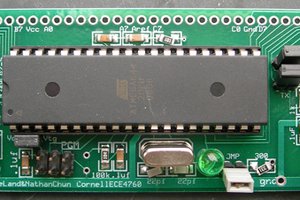
 Bruce Land
Bruce Land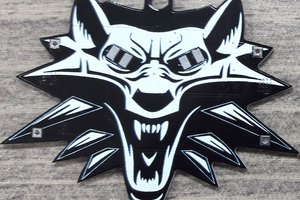
 Torbjörn Lindholm
Torbjörn Lindholm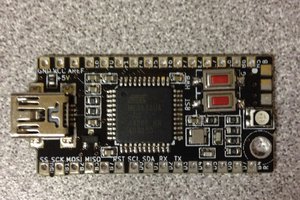
 The Big One
The Big One
Awesome. I've started making my own lately, should probably make a project for those as well (especially since I'm using them for debugging the buzzwatch)